Being the owner of an antique or a classic collector car comes with a lot of responsibility.
Those of us who are involved in that hobby know we are only the temporary caretakers of the machines we preserve for posterity.
A big part of being a “car guy” is being able to repair the object of your affection. Some are able to tear down an engine and others are restricted to doing mostly cosmetic work. All of it is important.
I suppose that began for me in 1959 when I was a new driver. My pop towed home a 1951 bullet-nosed Studebaker and told me if I could repair it, I could drive it. The Study needed brakes, but when I pulled the wheel off, I was met with a jumble of springs and shoes that baffled me at first. It took a while but I finally got it working.
Later in high school I would drive a hot 1955 Chevy convertible. The car had Chevrolet’s first 265 cu. in. V-8 engine that many loved, but I spent a lot of time under the hood trying to keep it running. I learned a lot, but one thing was a plus. When I could get it running, the girls loved it and made dating much easier. I did love that car and I suppose that was when I became a lifelong fan of the automobile.
Throughout my young life money was close and when my car broke I had to fix it. Taking it to a garage was out of the question. Like most car guys will tell you, we learned out of necessity. Take a carburetor apart and clean it, change the points and plugs and other maintenance were all part of life back then.
Once I married and began to make a little money, I continued my quest for cool cars and was able to pick up a couple I never dreamed I could own. Working on those classics became fun for me.
I bought a 1949 Chrysler woodie convertible that needed a good bit of work, but it was a labor of love. When working on an old car, it is often the small victories that make you the happiest.
The Chrysler had an AM radio that didn’t work. I knew there was a fellow in Tampa who could fix it, but I was determined to do it myself. I put the radio on my work bench, attached it to a battery and took a shot at it whenever I had the time. Not a sound would come from it.
Then one day I jumped a resonator with a bare wire and the thing began to make noise. Within minutes I had it playing. Now that is a feeling of accomplishment that is priceless.
I also bought a 1960 French car named Facel Vega. The generator (now alternator) would not work, so I took it apart. I knew how to do that because in the fifth grade I had taken a class on electric motors with the 4-H. I was able to find carbon brushes at a local parts store and, sure enough, the generator came to life. What fun!
That’s pretty much how all of us in the hobby learned to do the repairs. We picked up a little as we traveled life’s road and put our knowledge to work. You learn by doing.
Classic car owners invest a lot of time, money and labor into our machines to make them right. This Thanksgiving weekend when you stop to admire an antique car, just know the owner has put a lot of blood sweat and tears into it. Enjoy!
Dan Smith is on the board of directors of the Motor Racing Heritage Association and is the author of two books, “The World’s Greatest Beach” and “I Swear the Snook Drowned.” Email questions and comments to [email protected] or call (386) 441-7793.
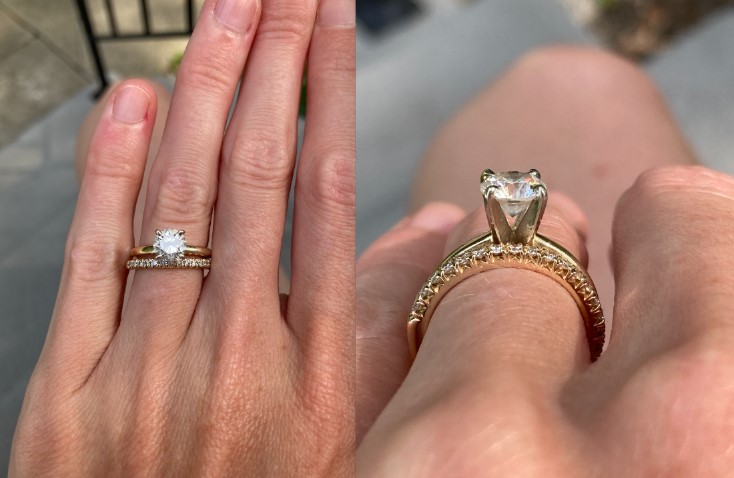
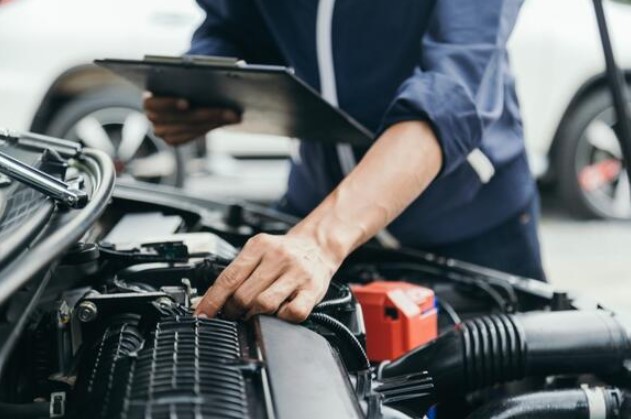
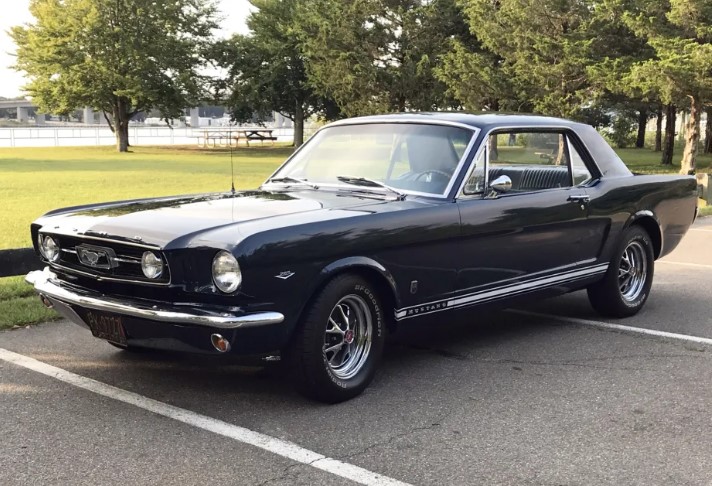

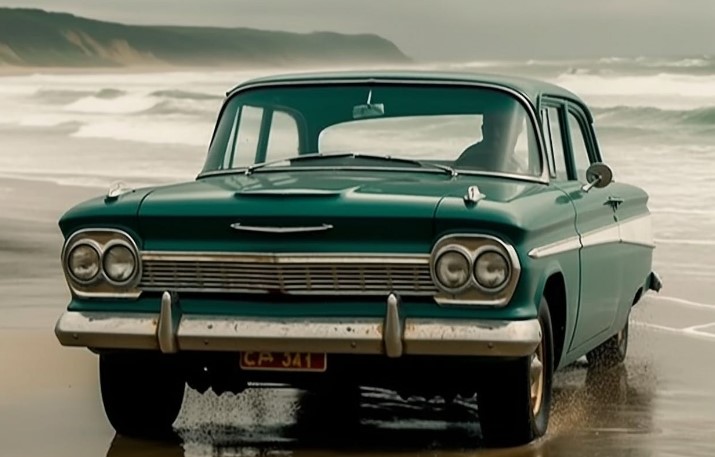

More Stories
Tips for Negotiating the Best Deal When Selling Your Car
5 Women That Shaped the Automobile and the World Around It (and Us)
Automobile retail sales see double-digit growth in February on robust demand